THINGS TO BE VIGILANT ON YOUR DAILY COMMUTE
Text by Wahid Ooi Abdullah, pictures credited to respective owners
There’s almost no beating the decision to commute by motorcycle. You not only save time, and money from having to pay for toll and parking but also insulates you from the stresses of being helpless while being stuck in a traffic jam.
However, riding is risky, as we motorcyclists already, what more in an urban environment. Although we couldn’t control all the external forces, we could mitigate our risks by being vigilant, smart and paranoid. It doesn’t matter who had the right-of-way because it’s us motorcyclists who get off worse.
We’ve put together a list of factors urban riders should be look out for.
1. Vehicles Switching Lanes
You see this dungus all the time: Drivers don’t bother to check their mirrors or glance over their shoulders before they switch lanes, pull into a slip road, do a U-turn, etc.
But there are also drivers who’ve done everything correctly i.e. signalled early, checked his mirrors and blind spots, yet still turn into you. What gives?
That comes down to human psychology.
Those who drive exclusively (never been on a motorcycle) may check if there are other vehicles before they make their move, but since they’ve made up their minds to “check for other cars” (including larger vehicles), seeing a motorcycle doesn’t register.
Apart from that, there’s a study which showed that the human vision finds it difficult to ascertain the closure rate of motorcycles, due to the small cross-section and the headlights being either a single unit or too close to one another. It’s easier for the human mind to “read” the distance and relative speed of a vehicle which has headlights spaced further apart, conversely.
Additionally, since a motorcycle is smaller, it lacks the intimidation factor of a 4×4 or truck.
There are also drivers who think crossing into the inside lane all the way from the third lane to negotiate a corner makes him a Michael Schumacher-incarnate and ends up cutting you off.
The answer is to build an instinct to spot potentially hazardous drivers and formulate an exit strategy before something happens so that you’re ready if it does. Don’t sit there passively and become roadkill.
2. Oncoming Traffic
This is also attributable to motorcycles being not intimidating enough and/or the difficulty in assessing the distance and closing speed of a motorcycle.
Or a driver who’s a complete moron. Like one who crosses the centre line into the opposing lane to make a corner (usually around country and mountain roads), and one who’s eaten Ducolax as M&M’s and is hell-bent on looking for a toilet.
Always get ready if you spot a car starting to pull out of his lane in the distance, and never harbour the hope he won’t try it. Be ready to take it to the edge of your lane.
3. Intersections
Intersections are already dangerous for all road users, what more for a motorcycle.
Treat intersections as a Killzone and approach them with utmost distrust, watching not only in front and both sides but also what’s behind you. Never try to blast through one.
The best way to keep the vehicle behind in check is by fully extending your left arm outwards as you pull up to an intersection, otherwise, the driver may think you’re going to hammer through. And please, for goodness, stop at the red light, unlike those pesky rempits who couldn’t even wait for a couple of minutes.
The worst road accident I had was at an intersection when I was hit by a driver who ran a red light. I made the mistake of thinking he’ll stop.
4. Vehicles from Behind
Observe closely and you’d notice that drivers seem to live in a bubble of their own world. Well, why not? They’re in a cocoon, removed them from the environment which has air-conditioning, in-car entertainment system, cellphone, passengers, children, pets, food and drinks, and all sorts of other distractions.
For example, a driver could be coming up behind you as you’re stationary at the red light when his favourite Bieber tune comes up. He looks down momentarily to turn up the volume and KA-BLAM!, puts you into the middle of the intersection.
How do you avoid this? The best solution is to stop in first gear with the clutch pulled in. Pay attention to your mirrors and if you see another vehicle heading towards you, pump the brake lever on and off to blink the brake light. (The human eye is more adept at noticing movements.) But if the vehicle doesn’t seem to slow down enough, you have time to roll forward since you’re in gear.
Besides that, do not follow other vehicles at the same speed in the overtaking lane (rightmost lane).
Firstly, the driver in front of you may grow complacent of having you behind.
Secondly, the driver behind you gets irritated seeing you in front of him, although you’re doing nothing wrong. Ever noticed a car driver “showing the nose” of his car beside you? This happens because of the bike’s small cross-section taking up just a small space of the lane, prompting the impatient driver behind to think he could squeeze his car into that extra space. So ride smart, since we’re allowed to filter in Malaysia, either overtake (at sane closing speeds) or ride in the leftmost lane if you don’t want to speed.
5. Gravel, Oil, Sand
The bane of all motorcyclists.
The sight of any one of those three things is enough to turn an inexperienced rider into a statue on his motorcycle and consequently forgetting how to slow down and steer.
The best way to overcome these obstacles is by learning motocross. Riding in the loose stuff teaches you how to deal with the slippery stuff on the road. Since you’ve ridden without much traction, you’ll find traction on the road to be a privilege.
However, as a general guideline, slow down the best you can by rolling off (do not chop) the throttle and braking smoothly. Remember to fight the instinct to harden up and keep your body relaxed, instead. If you’re in a corner, keep looking through the turn, maintain your upper body lean, and lift the bike up enough for it to track through, while performing the above steps.
6. Damaged Roads or Debris
Potholes, tar snakes, broken surface, open manholes, debris, etc. are always sources of consternation.
The danger is if you didn’t see them early enough to take action (for example, following a car too closely). I’ve personally had two new tyres blown out over an open manhole while riding down a dark road.
Again, learn to steer and brake, and keep your body and limbs loose, but most of all, do not target fixate on the obstacle. Look to the sides of the danger and steer pass it. The bike goes where you look.
7. Pedestrians
Biggest culprit? The smartphone Slave. Or the Terminator-Wannabe. Or the nincompoop who thinks black clothing is super-reflective at night.
Don’t for once believe that they won’t jaywalk, or their children break loose or cross in front of the bus they’ve just alighted from.
Speaking about children, always slow down and keep your head on a swivel when you ride through residential areas and near schools. Children have limited depth perception, hence couldn’t understand the closing rate of vehicles. They may see an oncoming vehicle, even making eye contact with the driver, yet they choose to bolt across the road.
8. Cyclists
Cyclists are difficult to spot for motorized vehicles at speed, due to their small cross-section. And that’s during the daytime. It’s even worse at night, despite most cyclists lighting up their bicycles and wearing bright clothing with reflective strips.
Besides that, bicycles have no rearview mirrors and it’s difficult for cyclists to turn their heads and torsos to check for incoming traffic.
Kids on bicycles are even more dangerous as they’d weave around.
The best way is to honk to get their attention and give them a wide berth as you approach and pass.
9. Weather
Riding in bad weather is always tricky since the roads will be slippery. Practice riding as how you would in #5 and you may even enjoy riding in the rain.
However, riding is extremely hot weather has its own dangers too, especially from dehydration. Stop every once a while during a long trip to fill your personal tank with fluids.
10. Alcohol & Drugs
Drinking and riding is never a good cocktail, no matter how little you consume.
If a biker insists on drinking and riding, he may as well just go stand in the middle of a busy freeway.
The same applies to illicit drugs, but do be careful about medication, as well. Always ask your doctor or the pharmacist if your meds cause drowsiness and stay off the bike if it does.
Conclusion
Good training, discipline, a cool head, sane logic and the willingness to learn help to build a better rider, but one needs to ride with some paranoia towards other users in order to survive. Never, ever trust other road users to be perfect – that’s like playing Russian Roulette with six bullets.
Having said that, we riders should also never regard ourselves as being perfect. Keep that ego in check when riding and we’ll enjoy our way of life till the end of our time on Earth.

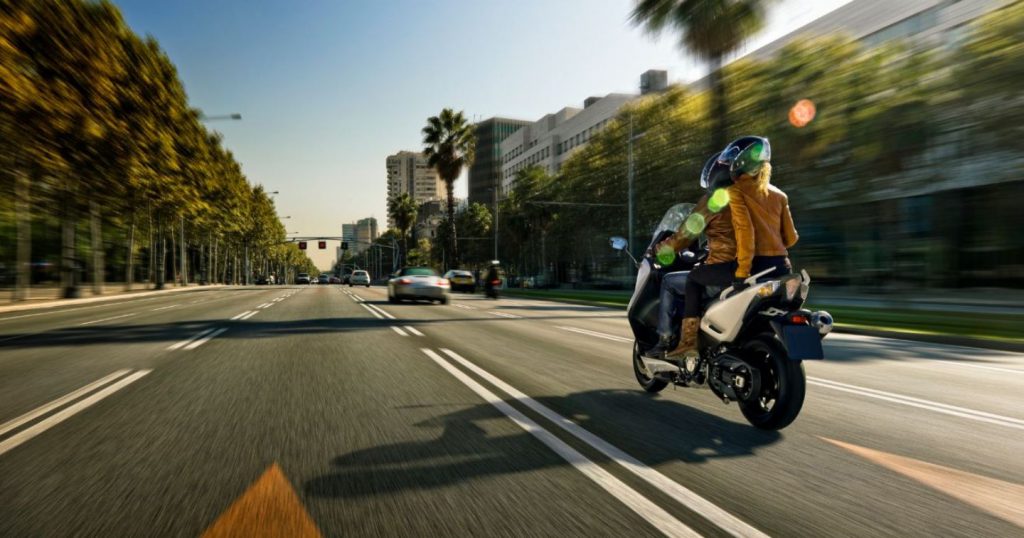
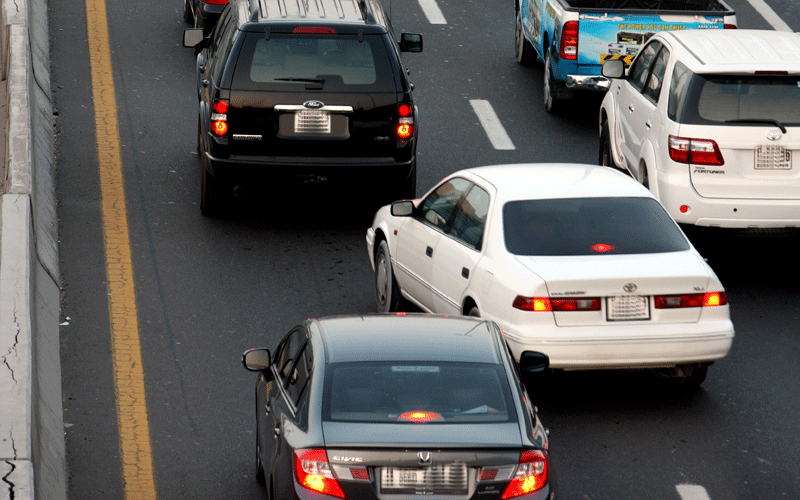
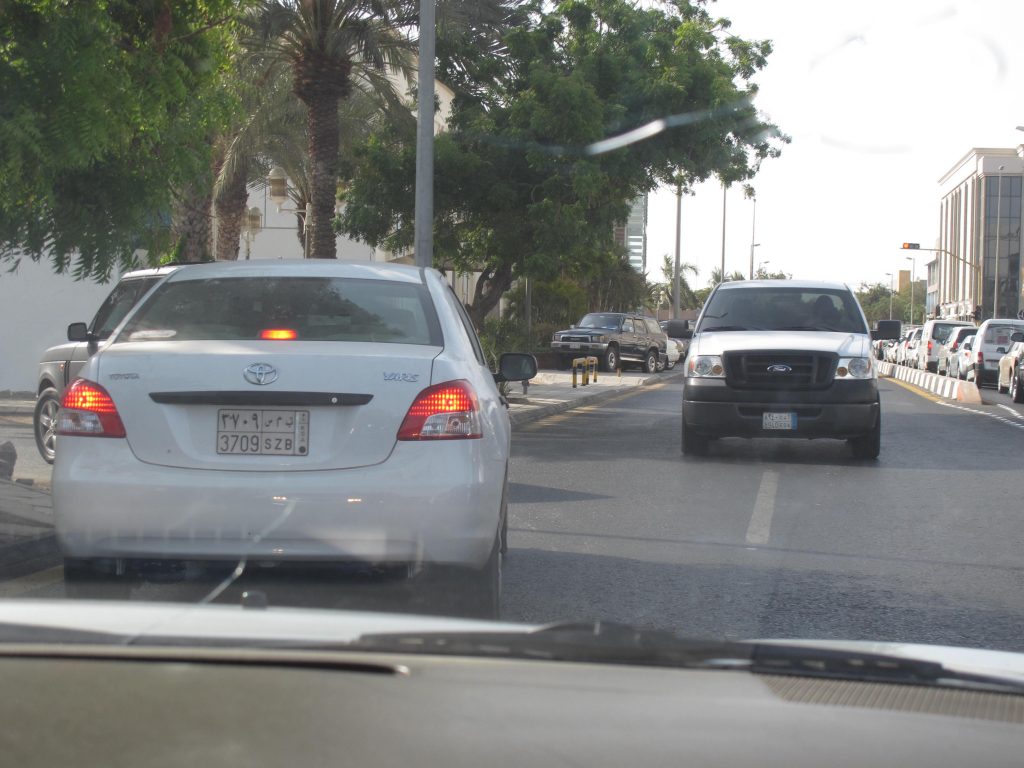
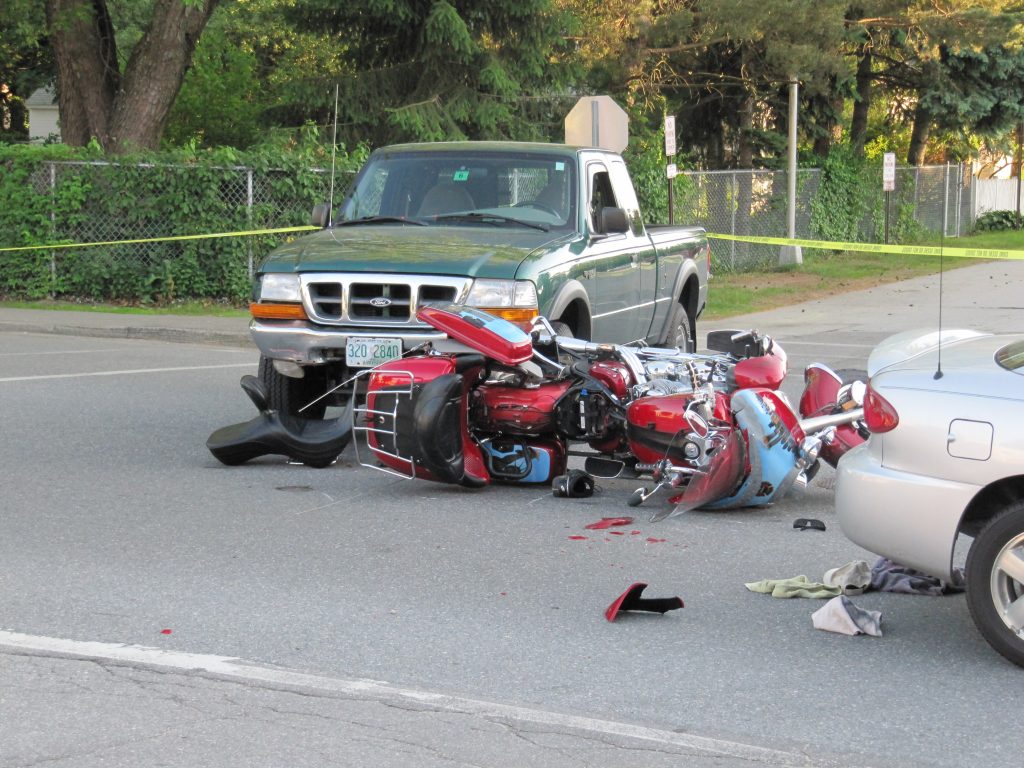

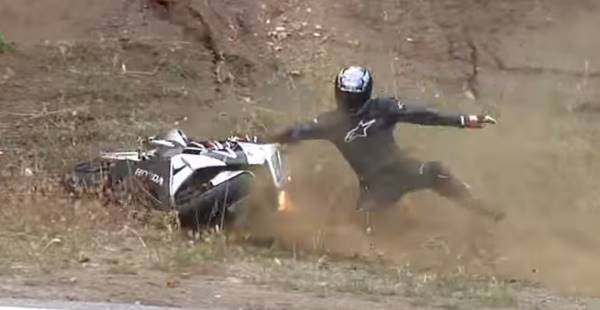
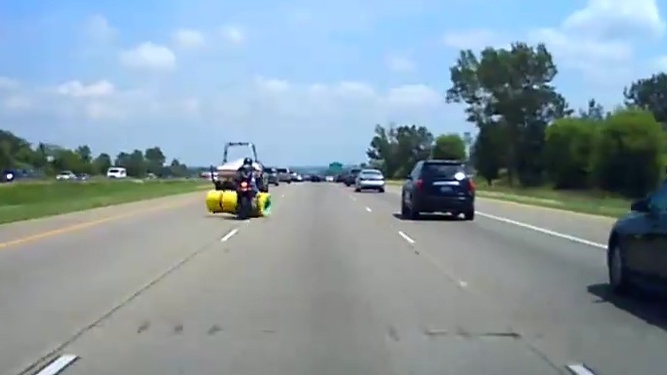



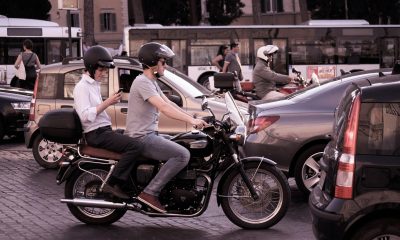
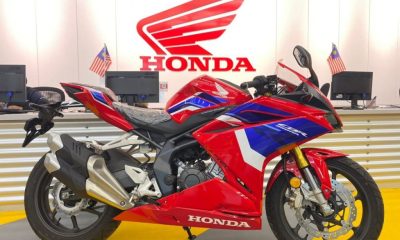
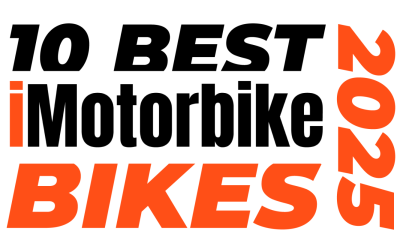
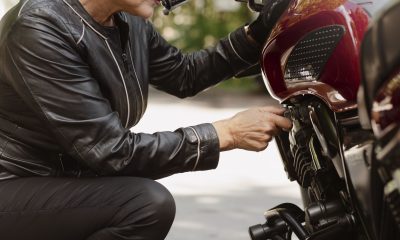

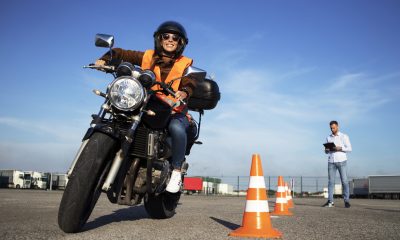

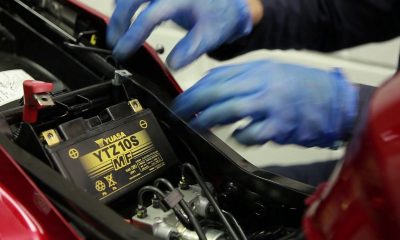
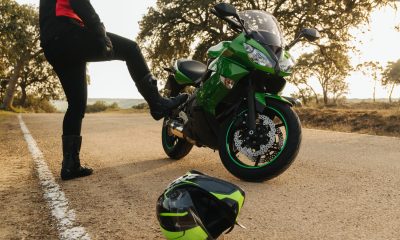




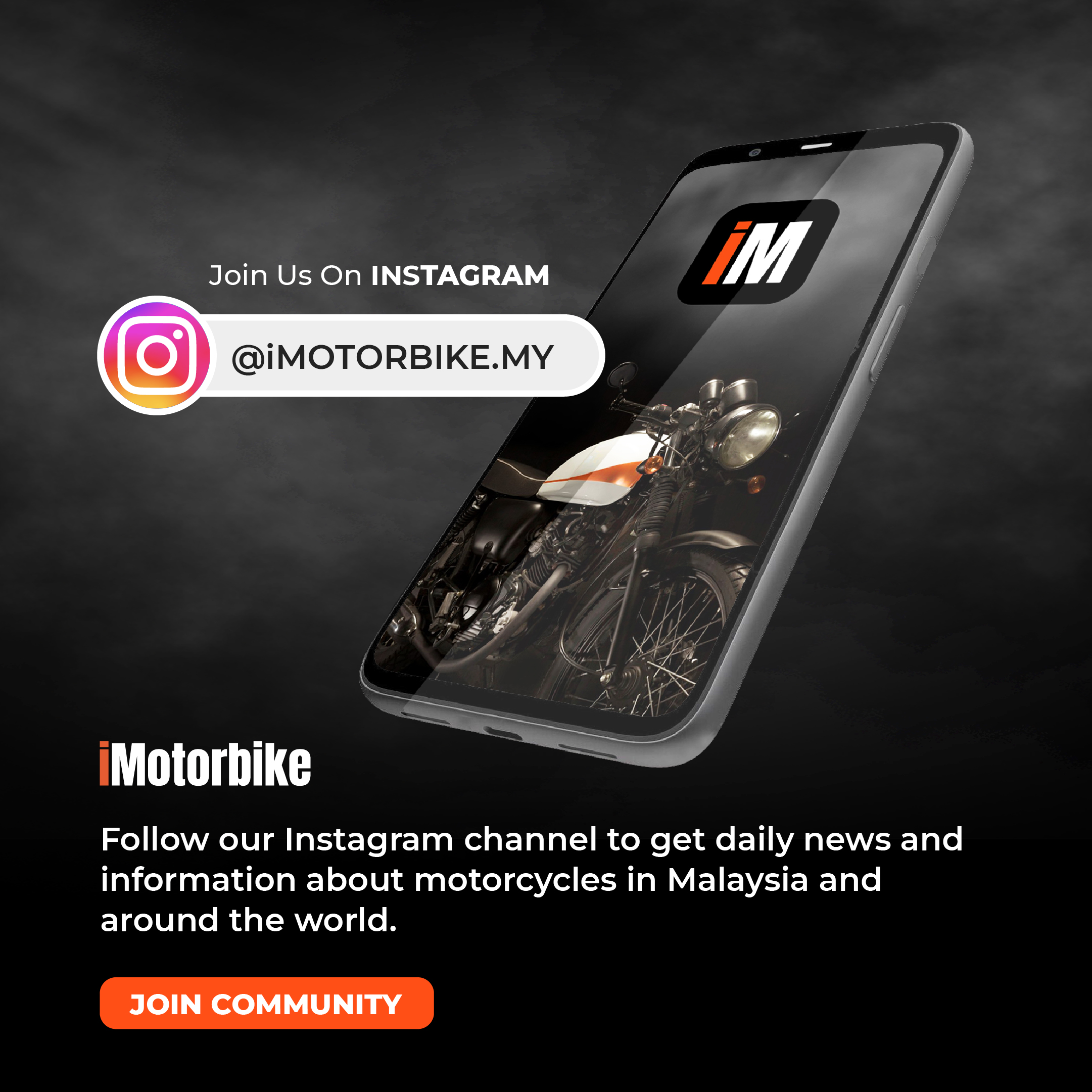














Facebook
Instagram
X (Twitter)
YouTube
LinkedIn
RSS